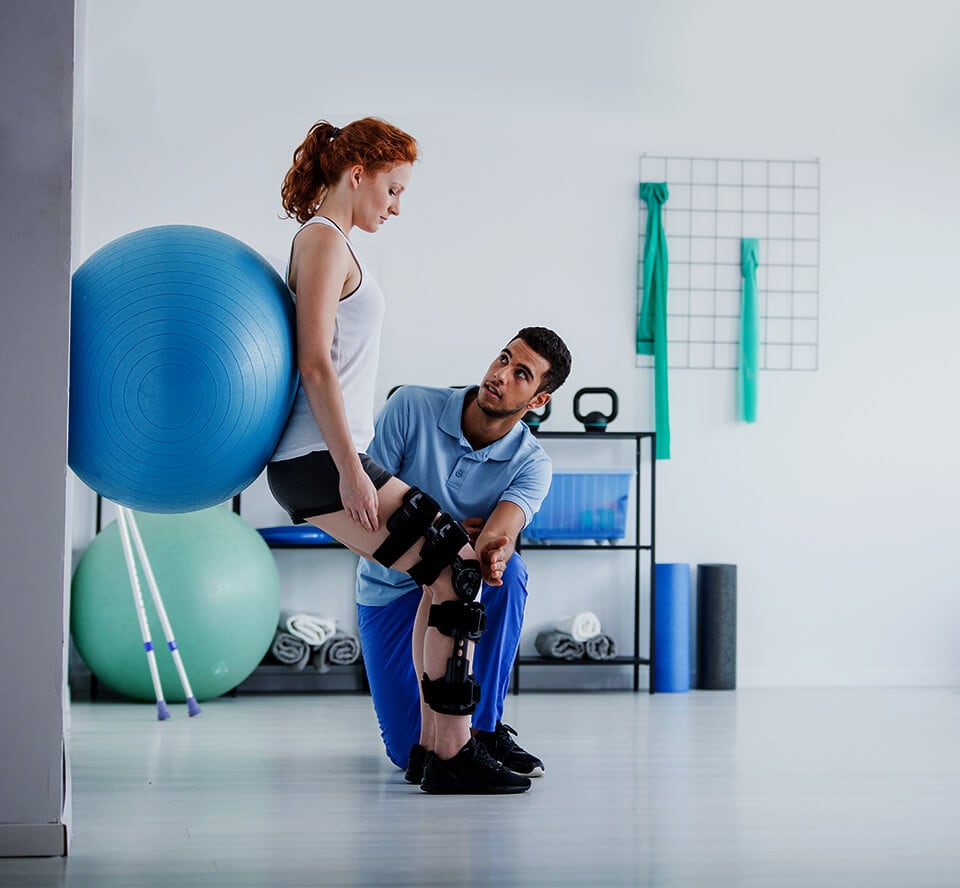The Impact of Surrounding Environments on Exercise Patterns and Activity Preferences
Wiki Article
The environment surrounding us plays a crucial role in shaping our exercise habits and activity preferences. Elements like the accessibility of parks, gyms, and additional leisure amenities can motivate individuals to engage in exercise routines. Urban areas often offer easy entry to exercise facilities and outdoor spaces, while rural regions may provide different options for exercise, such as hiking or cycling on trails. Comprehending how these areas influence our decisions can help communities develop better environments that promote healthy lifestyles.
A single important aspect of neighboring spaces is the concept of approachability. When individuals have easy reach to fitness facilities, they are more apt to engage in consistent physical activity. For example, communities with recreational spaces and hiking paths can inspire locals to take daily walks or participate in athletic activities. On the flip side, if individuals live in areas without nearby exercise facilities, they may be less motivated to stay active. This emphasizes the need for urban designers and community leaders to prioritize the creation of reachable leisure spaces that cater to the needs of the population.
A further key factor is safety. Individuals are more apt straight from the source to participate in outdoor activities if they feel secure in their surroundings. Brightly illuminated recreational areas, well-kept walking trails, and low crime levels can create a welcoming environment for exercise. Conversely, areas that are perceived as dangerous may discourage people from engaging in outdoor activities, resulting to a sedentary lifestyle. Thus, enhancing safety measures in community spaces can significantly influence community well-being by motivating more individuals to be engaged.
The social factor of fitness is physical therapy for carpal tunnel also influenced by neighboring areas. Collective activities, such as team athletic contests or exercise classes, thrive in environments that encourage community engagement. Recreation centers, gyms, and parks can serve as gathering places where individuals connect and inspire each other to stay active. Community encouragement is vital for maintaining exercise routines, and having reachable areas where people can gather and engage in exercise together can boost motivation and satisfaction.

Finally, the visual appeal of neighboring spaces can influence exercise habits and preferences. Beautifully crafted recreational areas, picturesque paths, and properly cared for gyms can motivate people to engage in physical activities. When spaces are aesthetically appealing, people are more likely to spend time there, participating in exercise and recreational pursuits. Communities should concentrate on creating inviting environments that inspire individuals to explore various fitness options, making it easier for them to include physical activity into their daily lives.